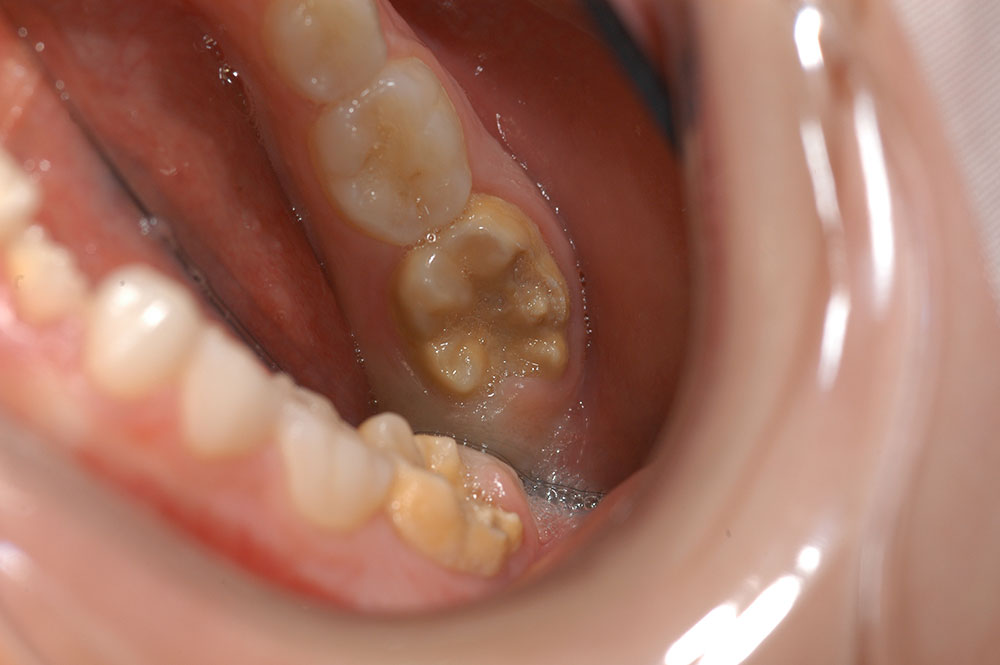Enamel Hypomineralisation is a condition where the tooth enamel, commonly on the molars, contains less mineral and is thereby softer and like chalk.
The incidence of this in children is quite high – between 15-20% or 1 in 6 children. These figures have been established from over 40 different studies. Within these cases there is a large spectrum of variation – it can vary from very mild to very major.
It has become apparent in the last couple of years in dental circles that it is not necessarily linked to decay. As the enamel on these teeth are softer, improving daily preventive care is paramount to reduce the breakdown of these teeth.
The cause is not fully understood. While we think genetics may play a part, there may be other factors such as environmental or otherwise.
WHAT HAPPENS TO CHILDREN’S TEETH WHO HAVE THIS CONDITION?
Chalky teeth can be very sensitive when brushed, causing children to avoid cleaning them. Bacterial and food that is not brushed away can hasten decay starting in these teeth.
The tooth most commonly affected first is the adult molar that arrives at the age 6 or 7.
WHY ARE CHALKY TEETH A BIG CONCERN FOR DENTISTS AND PARENTS?
Essentially, they are very difficult to treat.
They are very hard to fill because the materials that are used for fillings are designed to adhere to enamel that is healthy and has minerals in it. Without the proper amount of mineral, fillings just don’t stick and the tooth just continues to break.
Treatment planning for these teeth can be complex and may need joint assessment with an orthodontist to ensure an optimal outcome. Depending on the severity, full coverage crowns might be needed to protect all surfaces of the tooth. In some more advanced cases, removal might be the best option in the long term.
Treatment planning for these teeth can be complex and may need joint assessment with an orthodontist to ensure an optimal outcome. Depending on the severity, full coverage crowns might be needed to protect all surfaces of the tooth. In some more advanced cases, removal might be the best option in the long term.
WHAT CAN PARENTS DO FOR CHALKY TEETH?
The best thing to do is identify if this condition is present early (chalky molars can be in baby teeth too!) – so get your kids in for a checkup at age 3 or 4. If we can identify this condition early, we can start good preventive care to maintain the tooth’s integrity, slow down any further tooth breakdown if present and eliminate pain.
Another key age for us to check for hypomineralised teeth is at age 6-7 years old when the first permanent molar comes through. As mentioned above, early detection means that good home dental care can be implemented to protect these softer teeth.
Empowering and motivating your child to care for their own teeth is something parents can do to help care of these teeth with softer enamel.



